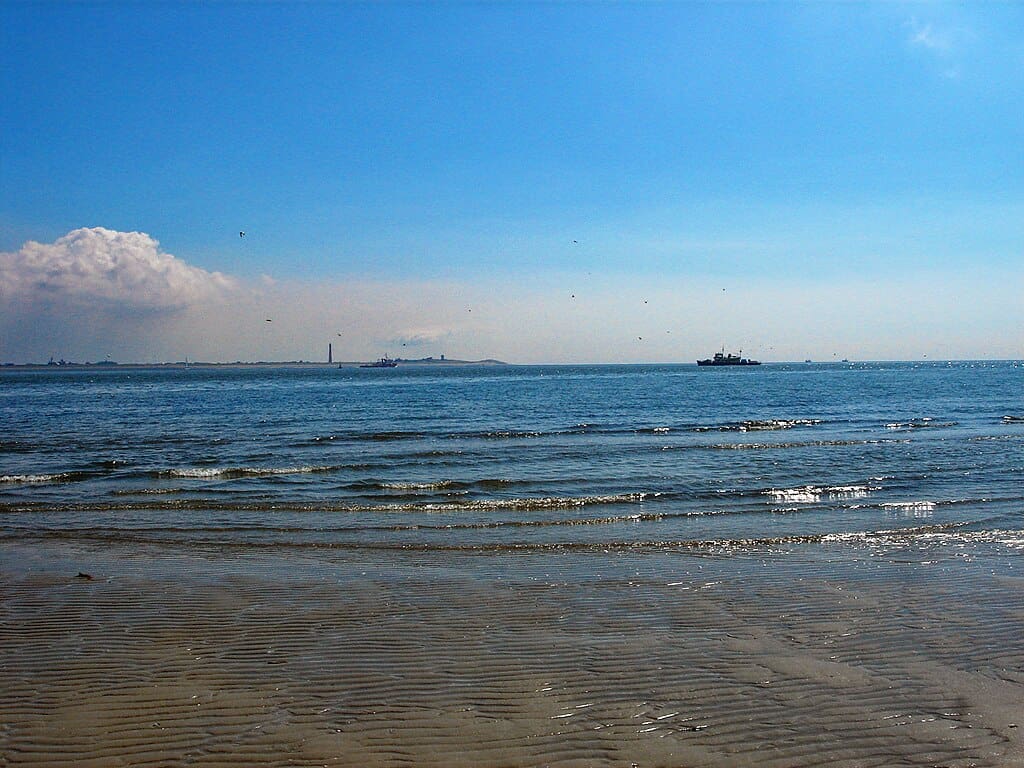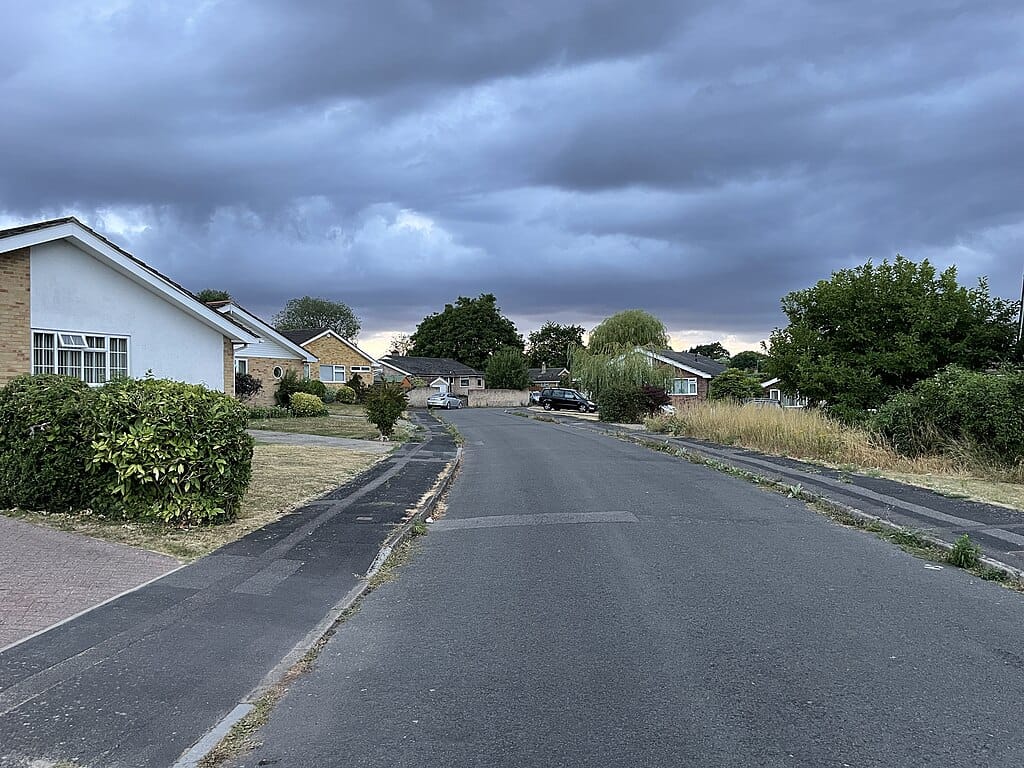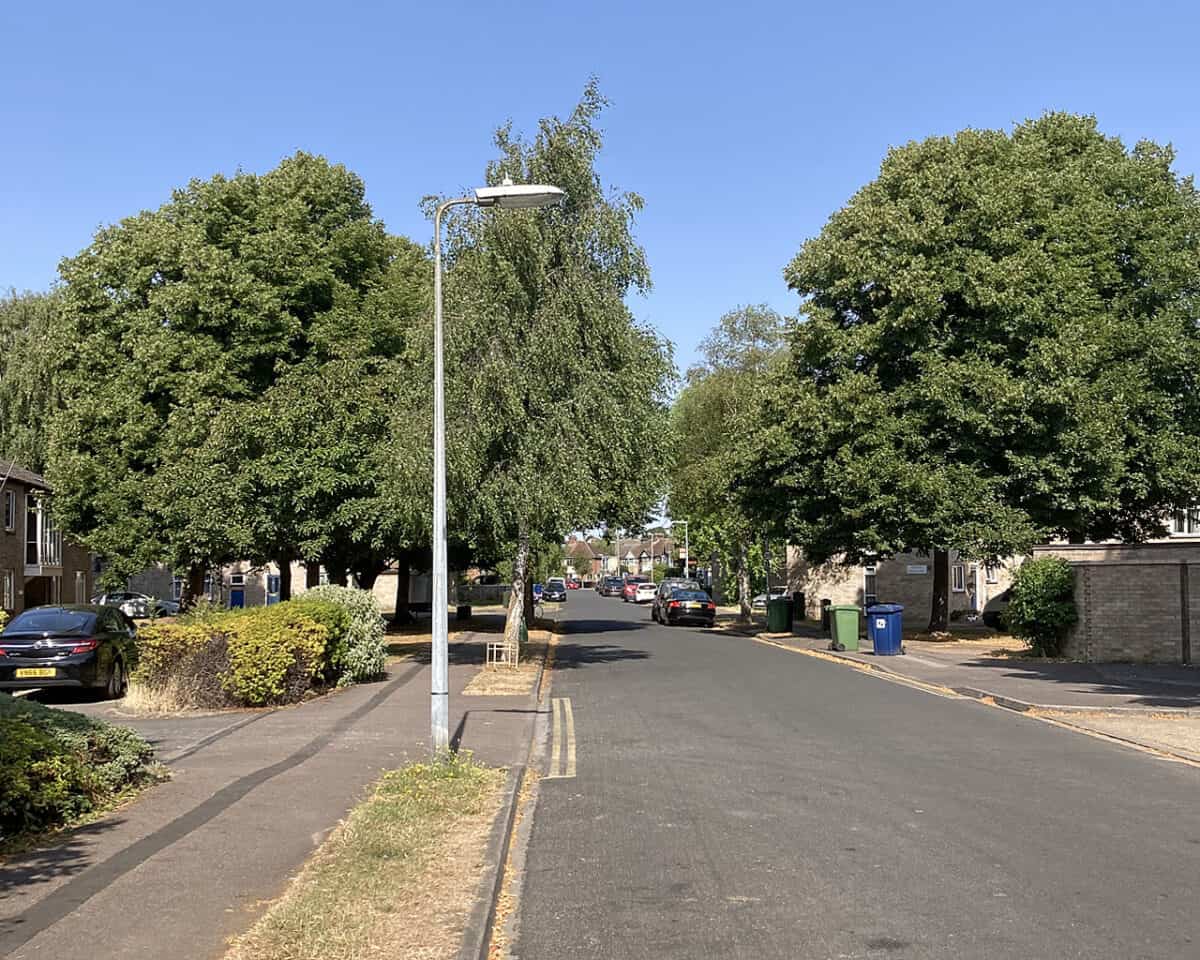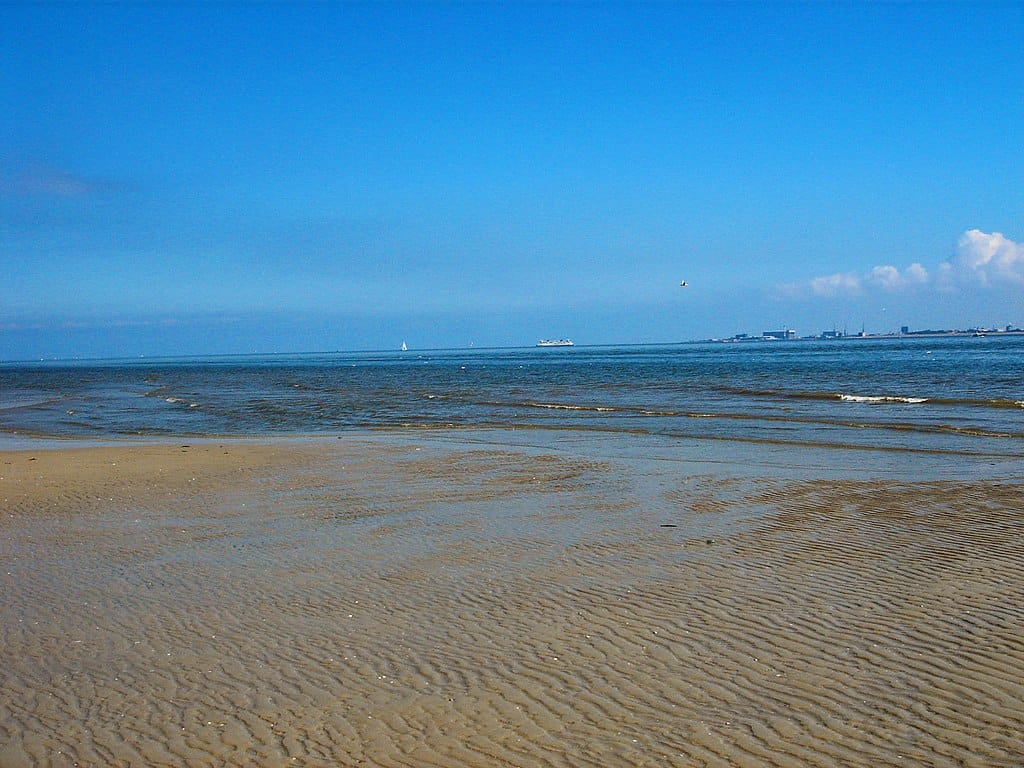Heat waves are extreme weather events characterized by prolonged, excessively high temperatures, often accompanied by high humidity. Their impacts on public health, agriculture, and the environment can be catastrophic. In the U.S., certain heat waves stand out due to their severity, duration, and the extensive damage they cause. This article delves into some of the worst heat waves ever recorded in the U.S., exploring their causes, effects, and the vital lessons they offer for future preparedness.
Understanding Heatwaves

Heatwaves are defined by meteorologists as periods of overly hot weather, which could last for days or even weeks. These events occur when a static high-pressure system traps warm air in a region, preventing cooler air from entering. The result is a buildup of heat that can lead to significant health risks, such as heat exhaustion and heat stroke, particularly for vulnerable populations.
The 1936 North American Heatwave

One of the deadliest heat waves in U.S. history occurred during the summer of 1936. This event coincided with the Dust Bowl era and caused temperatures to soar above 100°F (37.8°C) in many parts of the country. This heatwave claimed thousands of lives and had devastating effects on agriculture, as crops withered under the relentless sun. The economic impact was profound, compounding the hardships of the Great Depression.
The Chicago Heatwave of 1995

The Chicago heatwave of July 1995 resulted in more than 700 heat-related deaths, bringing to light the dangers urban areas face during such temperature extremes. High humidity levels and nighttime temperatures that didn’t drop significantly exacerbated the situation. This tragic event highlighted the vulnerability of the elderly and those without access to air conditioning.
The 1980 Heatwave

The summer of 1980 was marked by a severe heatwave that primarily impacted the Midwest and Southern U.S. cities and experienced record temperatures, with highs reaching up to 110°F (43.3°C). The heatwave lasted for much of the summer, leading to more than 1,700 heat-related deaths and billions in agricultural losses. This period underscored the necessity for effective public warning systems and heat management strategies.
The 2006 North American Heatwave

The 2006 heatwave spanned much of July and affected areas from California to the Midwest. It set numerous records, with many locations experiencing all-time high temperatures. The heatwave was responsible for at least 225 deaths and forced power grids to the brink, leading to rolling blackouts.
Impact on Agriculture and Livestock

Heat waves can be disastrous for agriculture, causing crop yields to plummet due to heat stress and drought conditions. Livestock also suffer greatly, with heat stress affecting their health and productivity. In major agricultural regions, these effects ripple through the food supply chain, potentially leading to price increases and food shortages.
Urban Heat Islands

Cities often experience more intense heat waves due to the urban heat island effect. Concrete and asphalt retain heat, causing urban areas to remain significantly warmer than surrounding rural regions. This effect exacerbates the impact of heat waves, especially in densely populated cities, posing serious health risks to residents, particularly those without access to cooling amenities.
Climate Change and Future Heatwaves

As global temperatures rise due to climate change, the frequency and intensity of heat waves are expected to increase. This trend highlights the need for robust adaptation and mitigation strategies to protect public health, infrastructure, and ecosystems from the escalating threats posed by extreme heat events.
Public Health Responses

Effective responses to heat waves involve public education, emergency services preparedness, and community outreach. Establishing cooling centers, ensuring access to water, and providing transportation for elderly or disabled individuals can mitigate the worst effects of prolonged heat. Public health campaigns also play a crucial role in educating people about the signs of heat-related illnesses.
Technological Advances in Heatwave Prediction

Improved weather forecasting technologies have enhanced our ability to predict heat waves and issue timely warnings to the public. Such advances allow for better preparation and response, potentially reducing the number of heat-related illnesses and deaths. Continuous investment in climate research and meteorology is essential to further refine these predictive models.
Policy Measures for Heatwave Preparedness

Several policy measures can bolster resilience against heat waves, including urban planning that incorporates green spaces to reduce heat absorption, building codes that prioritize insulation and ventilation, and incentives for the adoption of energy-efficient cooling systems. These measures can significantly reduce the impact of heat on communities, especially in areas prone to extreme temperatures.
Lessons Learned and Future Directions

The historical heat waves discussed here underscore the critical need for comprehensive heat management strategies. As climate change exacerbates the frequency and severity of these events, it is imperative to invest in infrastructure, public education, and technology to safeguard communities. Understanding and preparing for heat waves protects human lives and mitigates the economic and environmental impacts accompanying these challenging conditions.
Conclusion:

In summary, the worst heat waves recorded in U.S. history provide a stark reminder of nature’s power and the importance of vigilance and adaptation in the face of changing climatic conditions. By analyzing past events and implementing strategic measures, communities can better withstand the inevitable heat waves of the future.
- 10 U.S. States Where You Are Likely to Spot a Wild Fox - August 18, 2025
- Salmon Swim Upstream for Miles to Lay Their Eggs But What Guides Them Home - August 18, 2025
- 9 Snakes That Love the Desert And 6 That Need Moisture - August 18, 2025

